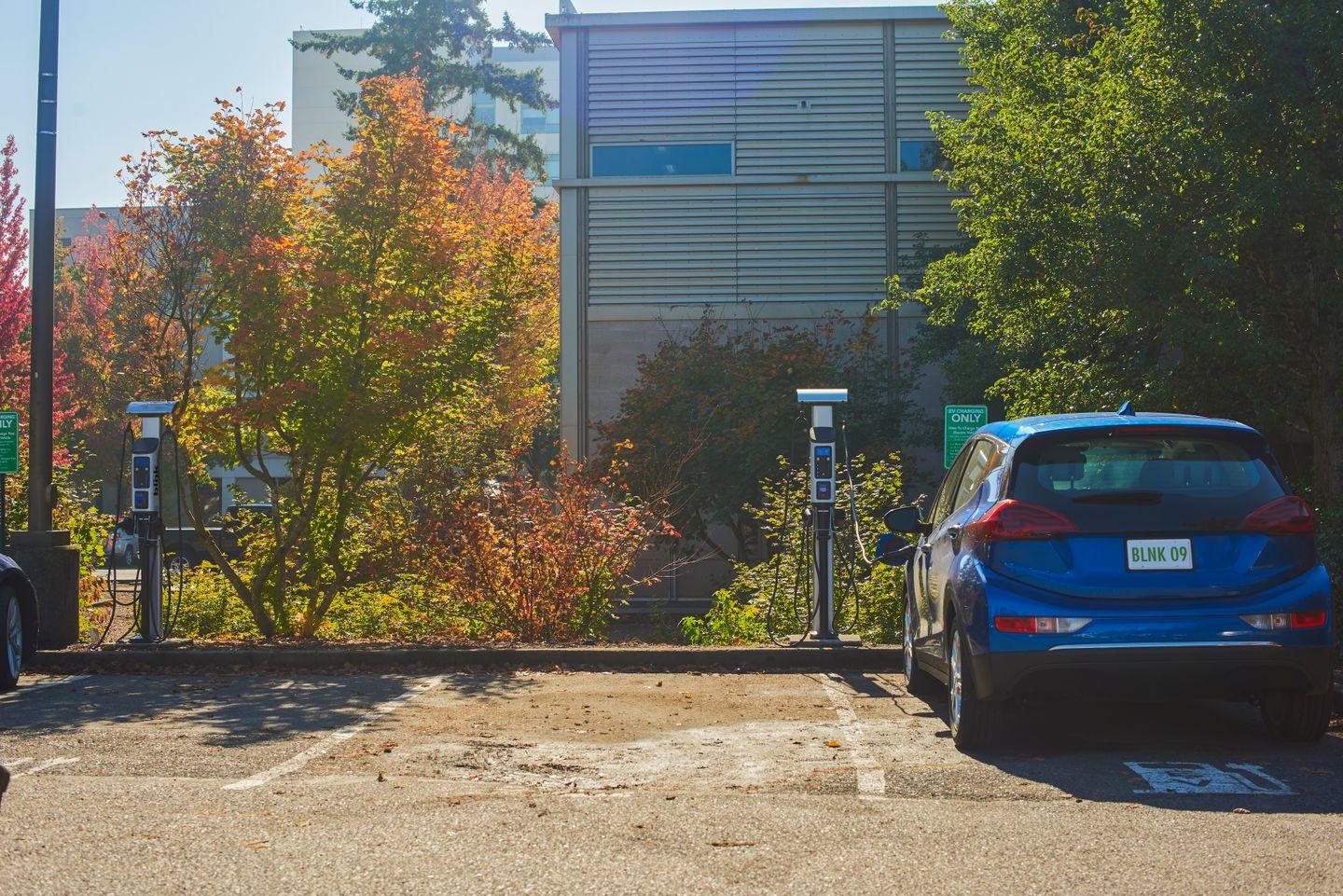The widespread adoption of EVs holds significant promise for reducing air pollution levels. However, a challenge lies in establishing a nationwide network of electric vehicle supply equipment (EVSE) capable of supporting long-distance travel, regardless of the driver’s destination.
The National Electric Vehicle Infrastructure (NEVI) Formula Program was specifically designed to establish a seamless and user-friendly nationwide network of 500,000 EV chargers by 2030. Eligible recipients can utilize NEVI funding to install a minimum of four Direct Current Fast Chargers (DCFCs), such as Blink 60kW – 360kW DC Fast Charging Stations. Beyond installation, NEVI funds can support various aspects including network connectivity, operational maintenance, and long-term data sharing for EV charging stations.
Accelerating the expansion of the national EV charging infrastructure is crucial for reducing air pollution swiftly and ensuring cleaner air for all.
EVs and renewable energy
Although EVs don’t emit harmful air pollutants during operation, the manufacturing and charging processes can still contribute to "well to wheel" greenhouse gas emissions, especially if the electricity originates from polluting sources such as coal power plants.
This underscores the significance of transitioning to renewable energy sources like solar and wind power. When EVs are manufactured and charged using renewable energy, their overall greenhouse gas emissions can effectively be reduced to near-zero levels over their lifespan. Encouragingly, as more utility providers transition to renewable energy sources, charging your EV becomes increasingly environmentally friendly.
What you can do
The EPA plays a vital role in mitigating air pollutions through emissions and fuel standards, while also conducting research to address the impact of residing near busy roads. This includes evaluating road design strategies and exploring the potential benefits of noise barriers and roadside vegetation in reducing exposure to air pollutants.
Whether you’re a business owner or an individual, opting for an EV as your next commercial or personal vehicle can significantly contribute to air pollution reduction. Tax credits are available for purchasing both new and used EVs, as well as for commercial EV acquisitions, offering savings opportunities for buyers.
Furthermore, tax credits extend to the acquisition of EV charging equipment, such as the Blink Series 7 Level 2 EV Charging Station for businesses and the Blink HQ 200 Smart Level 2 Home Charger for individuals. These incentives aim to encourage the adoption of EVs and support the expansion of EV charging infrastructure.
Visit Blink’s Commercial Incentives and Residential Incentives tools to learn more about incentives and rebates that you may qualify for.
Conclusion
Better air quality is advantageous for everyone across the country. Making the switch from an ICE vehicle to an electric vehicle plays a significant role in lowering air pollution levels. Pairing this transition with renewable energy sources further enhances pollution reduction efforts. Ready to get started? Contact Blink Charging today to speak with an EV charging expert.

